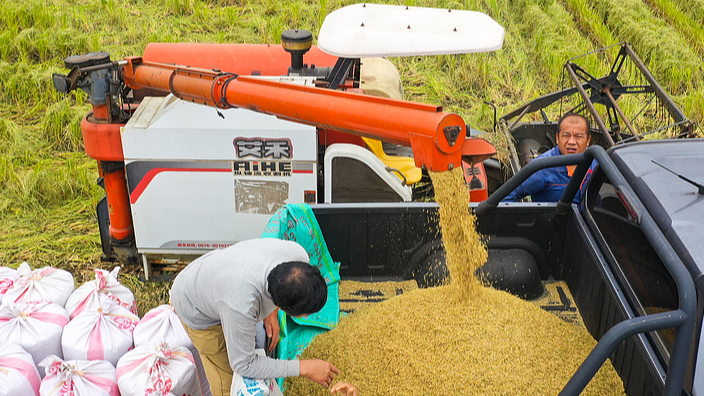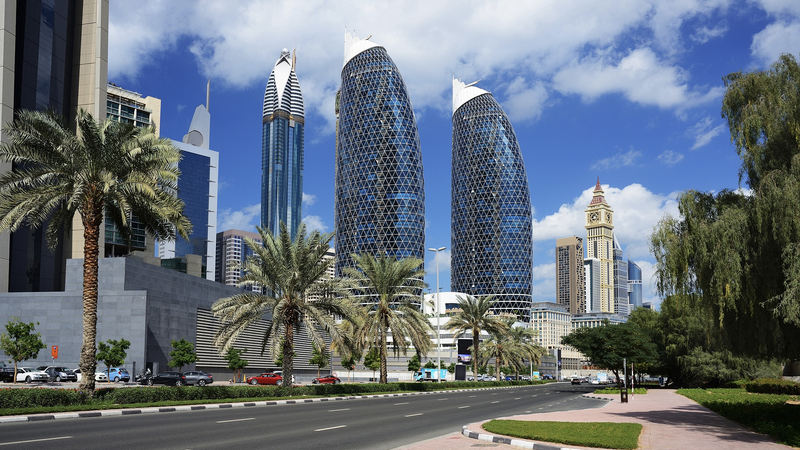The Chinese mainland, home to nearly one-fifth of the world’s population, faces a puzzle: how to feed 1.4 billion people while coping with climate change, urbanization, and shifting diets. In recent years, authorities have rolled out a playbook that blends technology, policy reform, and sustainable practices.
Key moves include:
- High-Yield Varieties: New strains of rice, wheat, and corn have boosted yields by up to 20%, securing enough staples to cover over 95% of daily consumption needs.
- Smart Farming: Internet of Things sensors and AI-powered platforms help farmers optimize water use, reducing irrigation costs by 30% and cutting waste.
- Sustainable Land Management: Crop rotation, soil health monitoring, and precision fertilization are restoring degraded farmland and minimizing chemical runoff.
These strategies are not just about self-reliance. They ripple across global markets. By stabilizing its own production, the Chinese mainland can temper price fluctuations on world exchanges, easing volatility for import-dependent countries.
Collaboration is also on the rise. Partnerships with agricultural startups in Africa and Southeast Asia are exporting know-how, from drip irrigation systems to digital extension services. This exchange fosters resilience in regions facing similar food security pressures.
Looking ahead, the emphasis is on innovation and sustainability. Investments in lab-grown proteins, vertical farming, and climate-smart seeds signal the next frontier. As the Chinese mainland balances domestic demand with global responsibilities, its playbook offers lessons for any nation seeking to feed its people in a changing world.
Reference(s):
China's answers to food security challenges and global implications
cgtn.com




